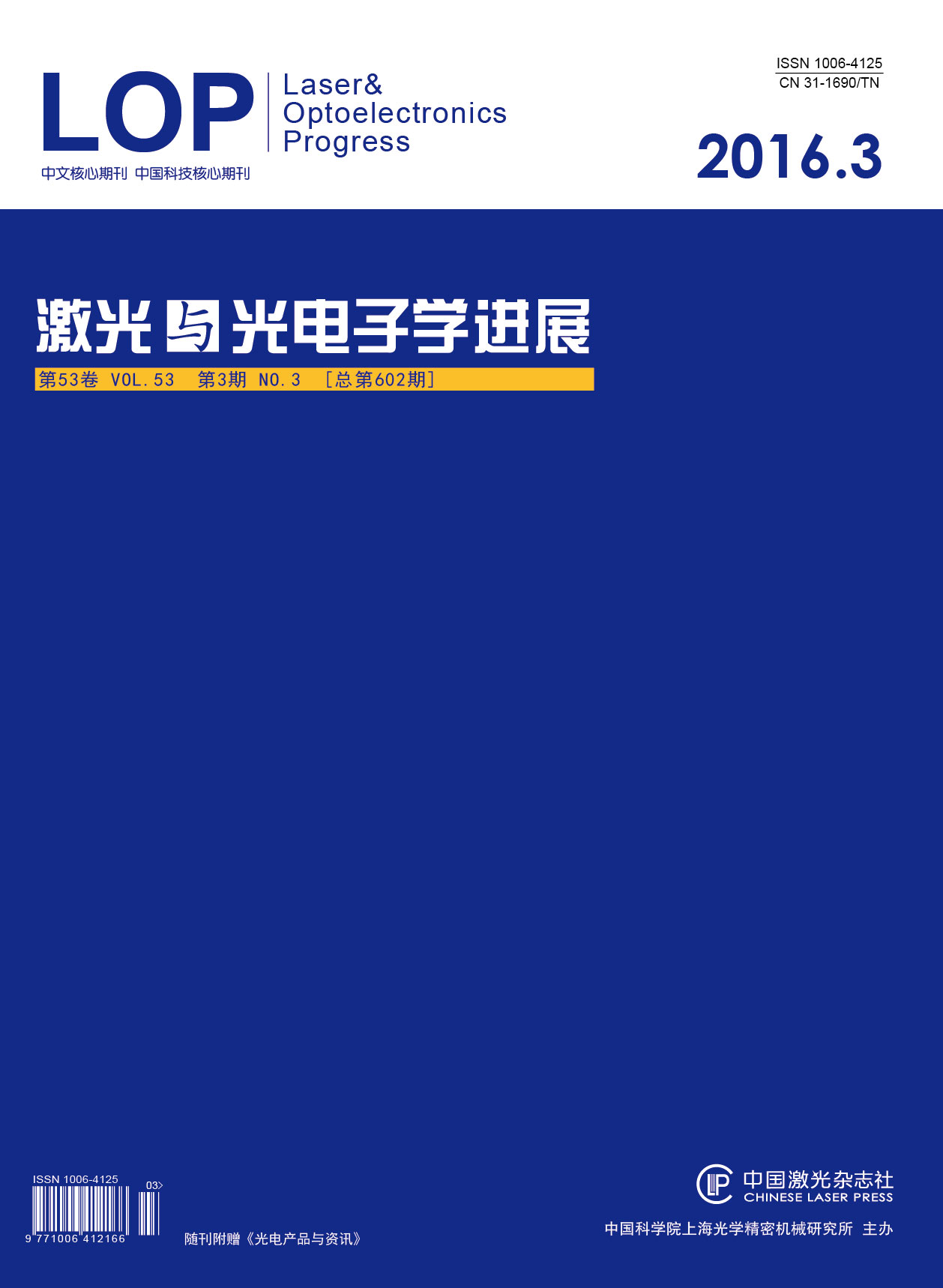
A solid pulse laser laboratory bench is used to study the impact of laser energy, feed rate and kerf depth on slit surface processing quality of Juglans malldshurica, Quercus mongolica, Fraxinus mandshurica and Phellodendron amurense with thickness of 2 mm. The results show that with pulsed laser frequency of 20 Hz, laser energy of 300 mJ and kerf length of 12 mm, the kerf surface quality of Juglans malldshurica is the best. When the laser energy is 116 mJ, the kerf surface quality of Quercus mongolica is the best. The tests prove that for the same kind of wood, the increase of laser energy can reduce the molten slag on the kerf surface and improve both of the smoothness and the kerf surface quality. When the laser energy and the depth of kerf are constant, the feed rate is reduced and the processing quality of kerf surface is improved as the air-dry density increases.
Based on the theoretical model of few mode erbium doped fiber amplifier (FM-EDFA), the modal gain characteristics of uniform erbium-doped fiber are analyzed and a layered Er3+ doped fiber structure is proposed. By optimizing the Er3+ doped fiber with genetic algorithm, the equalization of four mode groups is realized. The simulation results show that,with 980 nm single-mode pump mode, the average gain of four mode groups can reach 22 dB and different modal gain is less than 0.5 dB at the wavelength of 1550 nm. The flatness of modal spectra is about 2 dB. This not only simplifies both the structure of pump mode and complexity of erbium-doped fiber manufacturing process, but also provides theoretical basis for the further research of realizing the equalization of four mode groups in experiment.
A model of the full-parallax holographic stereographic imaging system is built. The wavefront aberration exists because of the depth distribution of three-dimensional (3D) objects, and this aberration is analyzed by the related theory of diffraction-limited imaging system. Rectangular pupil is used as the exit pupil of the imaging system. The relationship among the optical transfer function (OTF), the spatial frequency, and the pupil size is obtained in such situations as non-aberration, small-aberration and large-aberration. In addition, the imaging quality can be evaluated by the integral values of OTF on spatial frequency, the variation relationship between the integral value of OTF and pupil size is obtained under different aberration conditions, so as to optimize the size of rectangular pupil and get the optimal aperture size on printing platform of full-parallax holographic stereogram to improve the imaging quality.
The precision measurement of Avogadro constant and realization of mass unit kg based on atom counting of single crystal silicon require the measurement of the mass and volume of a silicon sphere. The non-homogeneously distributed oxide layer, which is several nanometer thick on the surface of the sphere, is key to the correction value of the above parameters. The coordination system of the Si sphere is determined by Laue crystallography and laser marking. Different driving approaches of the Si sphere are compared. The automatic scanning instrument is set up based on spectroscopic ellipsometer. The repeatability and stability are investigated, with the scanning results of the NIM#3 Si sphere being presented. It is indicated that the short-term repeatability of the ellipsometric scanning of the surface oxide layer reaches 0.04 nm.









